CARING WITH FAMILY
|
| The level of affection a particular breed is expected to display towards their family members and familiar individuals. Certain breeds may show detachment towards everyone except their owner, while other breeds tend to treat everyone they know with utmost warmth and friendliness. |
LOVE WITH CHILDREN
Unwise
Good With Children
|
| The extent to which a breed is known to be tolerant and patient with children's behavior reflecting their overall family-friendly nature. It is important to always supervise dogs around young children or children who have limited exposure to dogs, regardless of the breed. However, certain breeds are known to possess a higher inherent ability to interact well with children and demonstrate patience and tolerance towards them. |
BEHAVIOR WITH DOGS
Unwise
Good With Other Dogs
|
| The overall level of sociability that a breed exhibits towards other dogs. While it is crucial to monitor and supervise dog interactions and introductions, certain breeds tend to have a higher innate inclination to get along with other dogs, whether it is in a home environment or in public settings. |
SHEDDING LEVELS & MANAGEMENT
No Shedding
Hair Everywhere
|
| The amount of fur and hair that a breed tends to shed, which influences the frequency of brushing required, the likelihood of triggering allergies and the need for regular vacuuming and lint-rolling. Breeds that shed heavily will typically necessitate more frequent grooming to manage their loose hair are more likely to cause allergies in susceptible individuals and may require more consistent cleaning efforts such as vacuuming and using lint rollers to minimize hair accumulation. |
COAT GROOMING STANDARDS
|
| The grooming needs and frequency of specific grooming activities, such as bathing, brushing, trimming, and other coat maintenance tasks, vary among breeds. When considering the grooming effort required, it is essential to assess the amount of time, patience, and budget you can allocate to this care. Additionally, regular nail trimming is necessary for all breeds. Some breeds may require more frequent or extensive grooming, depending on factors such as the length and type of their coat, their activity level, and personal preferences for maintaining their appearance. |
DROOLING INTENSITY
Less Likely to Drool
Always Have a Towel
|
| The tendency of a breed to drool, which can impact the cleanliness and neatness of your surroundings. If you prefer a clean environment and are averse to dogs leaving ropes of slobber on your arm or wet spots on your clothes, it would be advisable to consider breeds that are known to be less drool-prone. Some breeds naturally produce more saliva and are prone to drooling, while others exhibit minimal or no drooling tendencies. Taking this into account can help you make a more suitable choice based on your preferences. |
COAT STYLES GUIDE |
| Double, Wavy |
| COAT SPECTRUM |
| Medium |
FRIENDLINESS
Reserved
Everyone Is My Best Friend
|
| The level of receptiveness that a breed typically demonstrates towards strangers. Certain breeds may exhibit reserved or cautious behavior around unfamiliar individuals, regardless of the location or situation. On the other hand, some breeds are generally more eager and happy to meet new people whenever they come across them. Each breed has its own characteristic tendencies when it comes to interacting with strangers and it's important to consider this aspect when choosing a breed that aligns with your preferences and lifestyle. |
LIVELINESS
Only When You Want To Play
Non-Stop
|
| The general level of enthusiasm a breed typically maintains towards play, even as they mature beyond puppyhood. Certain breeds will continue to display a strong inclination for interactive play activities like tug-of-war or fetch well into their adult years. These breeds tend to have a playful nature and enjoy activities that engage them physically and mentally. On the other hand, some breeds may be more inclined to relax and enjoy quiet time with their owners preferring to spend their time lounging on the couch rather than actively engaging in play. Understanding a breed's propensity for playfulness can help you choose a companion that aligns with your preferred level of activity and play. |
VIGILANCE INTENSITY
What's Mine Is Yours
Vigilant
|
| The inclination of a breed to alert you when strangers are present regardless of the nature of the perceived threat. Some breeds have a heightened sense of awareness and are more likely to react to potential threats, whether it be the arrival of the mailman or the presence of a squirrel outside a window. These breeds tend to be vigilant and will often sound the alarm to notify their owners of any perceived intruders. However, it is important to note that while these breeds may initially be cautious and alert towards strangers entering the house, they can warm up to them if they are accepted by the family. |
ADAPTATION CAPACITY
Lives For Routine
Highly Adaptable
|
| The adaptability of a breed to handle changes in various aspects of life, such as living conditions, noise, weather, and daily schedules. Some breeds are naturally more adaptable and can handle these changes with ease, adjusting well to new environments, noises, and routines. They may adapt quickly to different living situations and variations in their day-to-day life. On the other hand, certain breeds may be more sensitive to change and may require more time and support to acclimate to new circumstances. Considering a breed's adaptability can help ensure a smoother transition and overall well-being for both the dog and their owner. |
OBEDIENCE LEVEL
Self-Willed
Eager to Please
|
| Discover the simplicity of training your dog and witness their eagerness to acquire new skills. Certain breeds strive to bring joy to their owners, whereas others prioritize their freedom and self-determination. |
STAMINA LEVEL
|
| Breed-specific exercise and mental stimulation requirements differ considerably. High-energy breeds possess an unwavering eagerness for thrilling experiences actively engaging in activities like running, jumping, and extended play sessions throughout the day. In contrast, low-energy breeds resemble couch potatoes finding contentment in simply lounging around and enjoying serene periods of slumber. |
VOCALIZATION
|
| When Necessary |
LEARNING CURIOSITY LEVEL
Happy to Lounge
Needs a Job or Activity
|
| Ensuring our beloved dog breeds remain content and in good health involves providing them with an adequate level of mental stimulation. Purpose-bred dogs possess specialized skills that demand decision-making, problem-solving, concentration, and other qualities. Failing to engage their brains in these exercises may lead them to independently devise activities to keep their minds occupied. However, these self-created projects may not align with our preferences. |
| COLORS |
|
Description
|
Registration Code
|
|
Black & Cream
|
010
|
|
Black & Brindle
|
008
|
|
Silver Brindle
|
303
|
|
Gold Brindle
|
485
|
|
Silver Sable
|
286
|
|
Gold Sable
|
486
|
|
Brindled Sable
|
490
|
|
Sabled Gold
|
491
|
|
Sabled Red
|
492
|
|
Fawn
|
082
|
|
Mahogany Brindle
|
493
|
|
Blue Brindle
|
056
|
|
Cream Sable
|
348
|
|
Red Sable
|
155
|
|
Sabled Cream
|
494
|
|
Mahogany Red
|
495
|
|
Blue & Cream
|
273
|
|
Brown
|
061
|
|
Red Brindle
|
148
|
|
White
|
199
|
|
Black
|
007
|
|
Black & Tan
|
018
|
|
Brindle
|
057
|
|
Blue
|
037
|
|
Gold
|
091
|
|
Sable
|
164
|
|
Apricot
|
002
|
|
Red
|
140
|
|
Cream
|
076
|
|
Silver
|
176
|
|
| PATTERNS |
|
Description
|
Registration Code
|
|
White Trim
|
101
|
|
Spotted On White, Black Mask
|
436
|
|
White Markings, Black Mask
|
114
|
|
White Trim, Black Mask
|
437
|
|
Spotted On White, Ticked
|
438
|
|
White Markings, Ticked
|
439
|
|
Spotted On White
|
071
|
|
Black Mask
|
004
|
|
White Markings
|
014
|
|



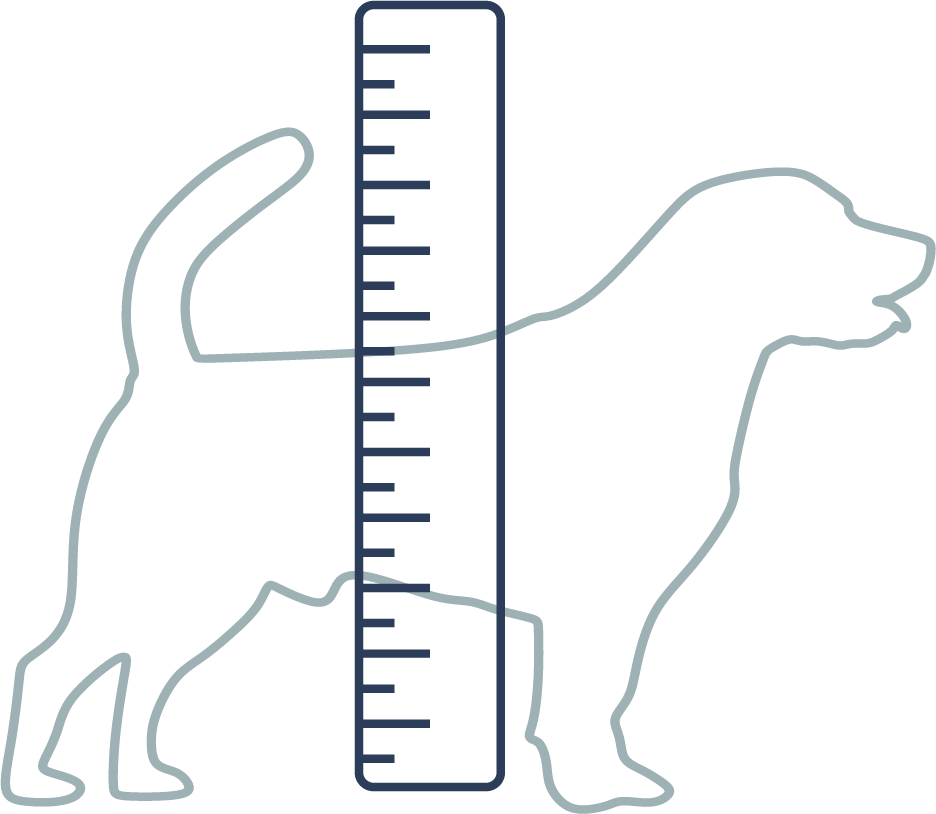


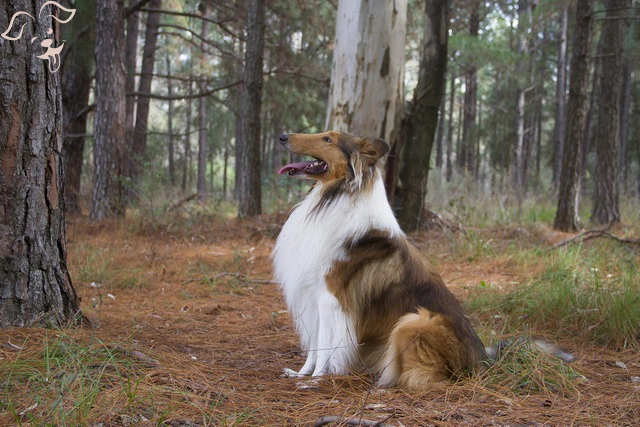
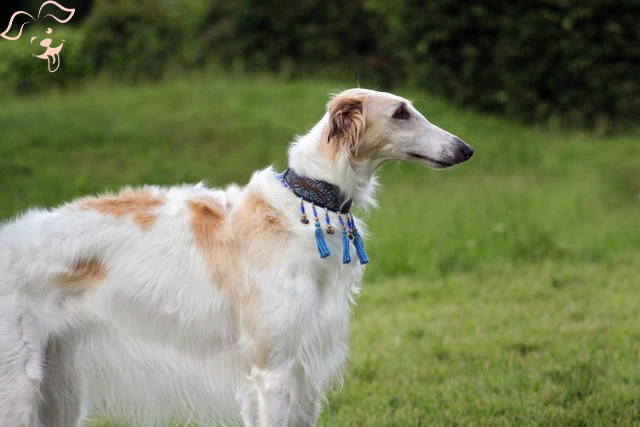
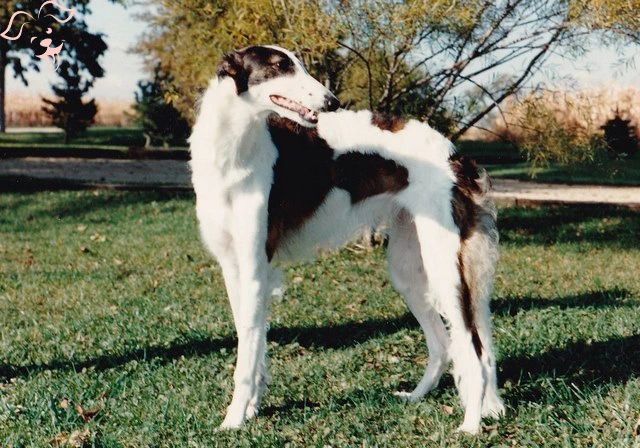
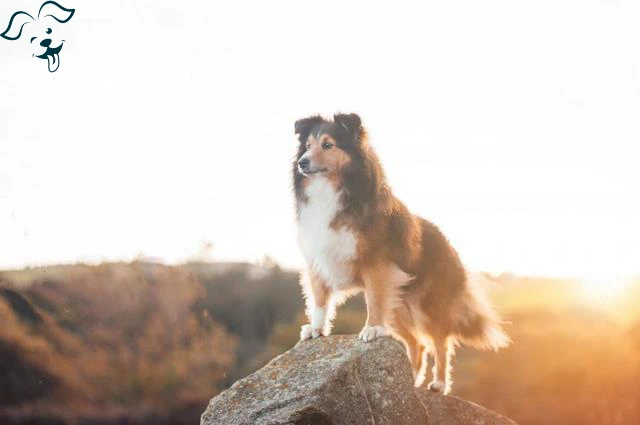






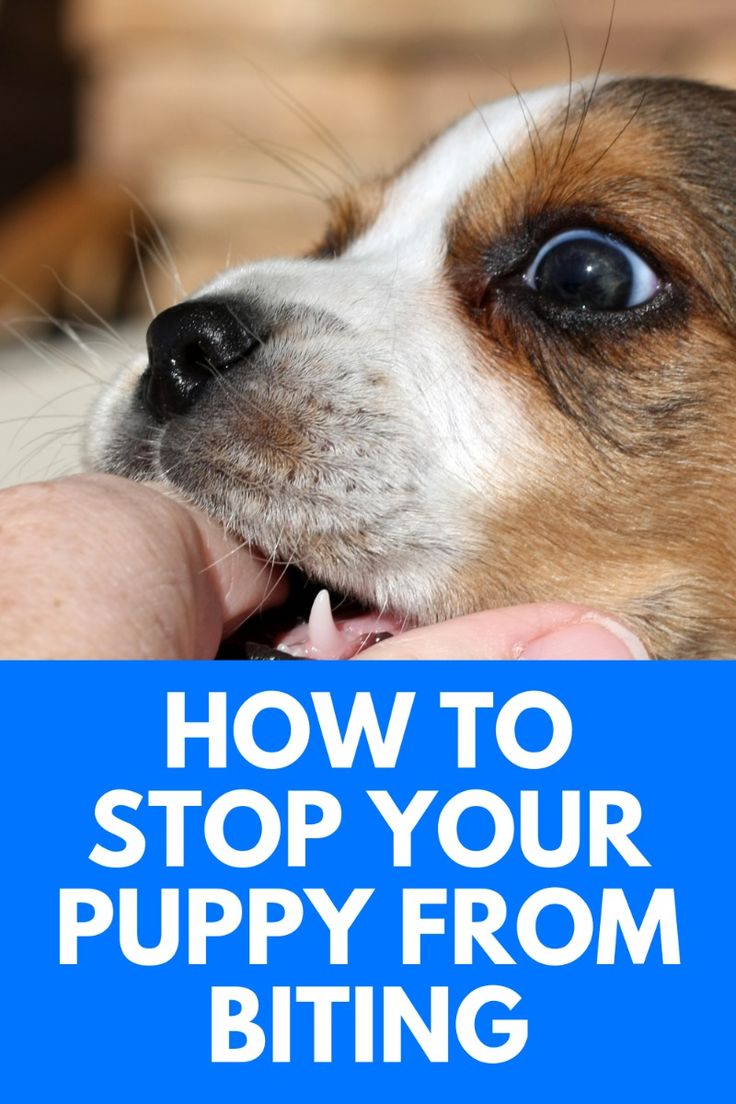
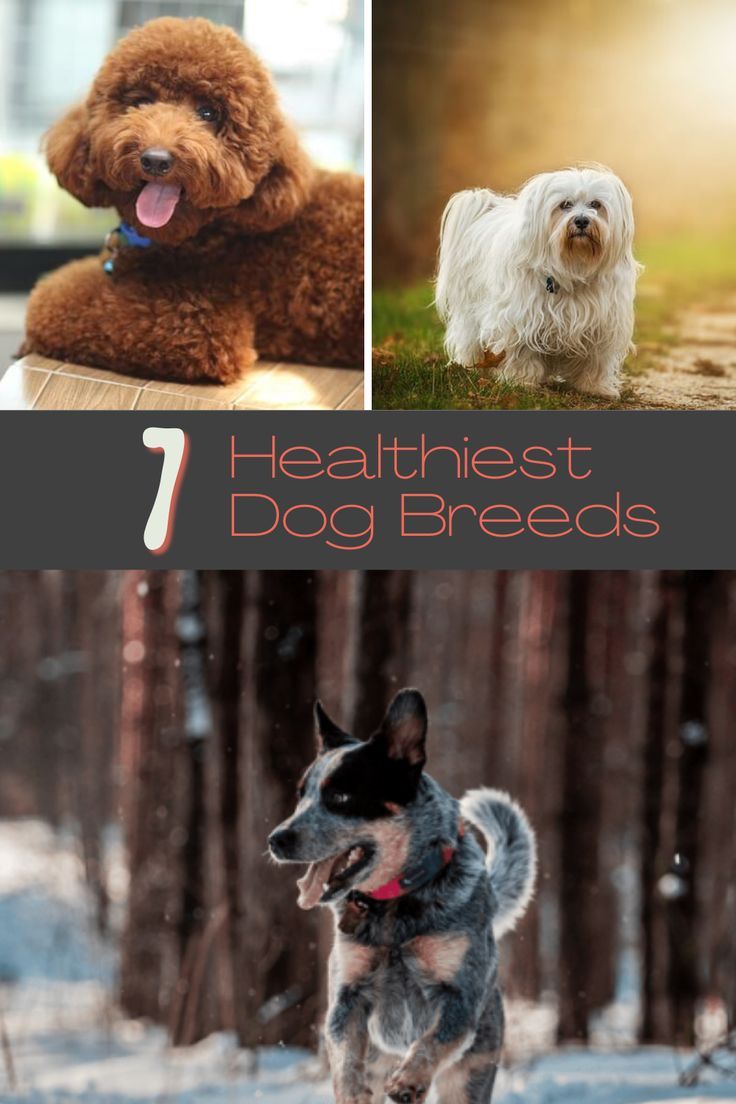

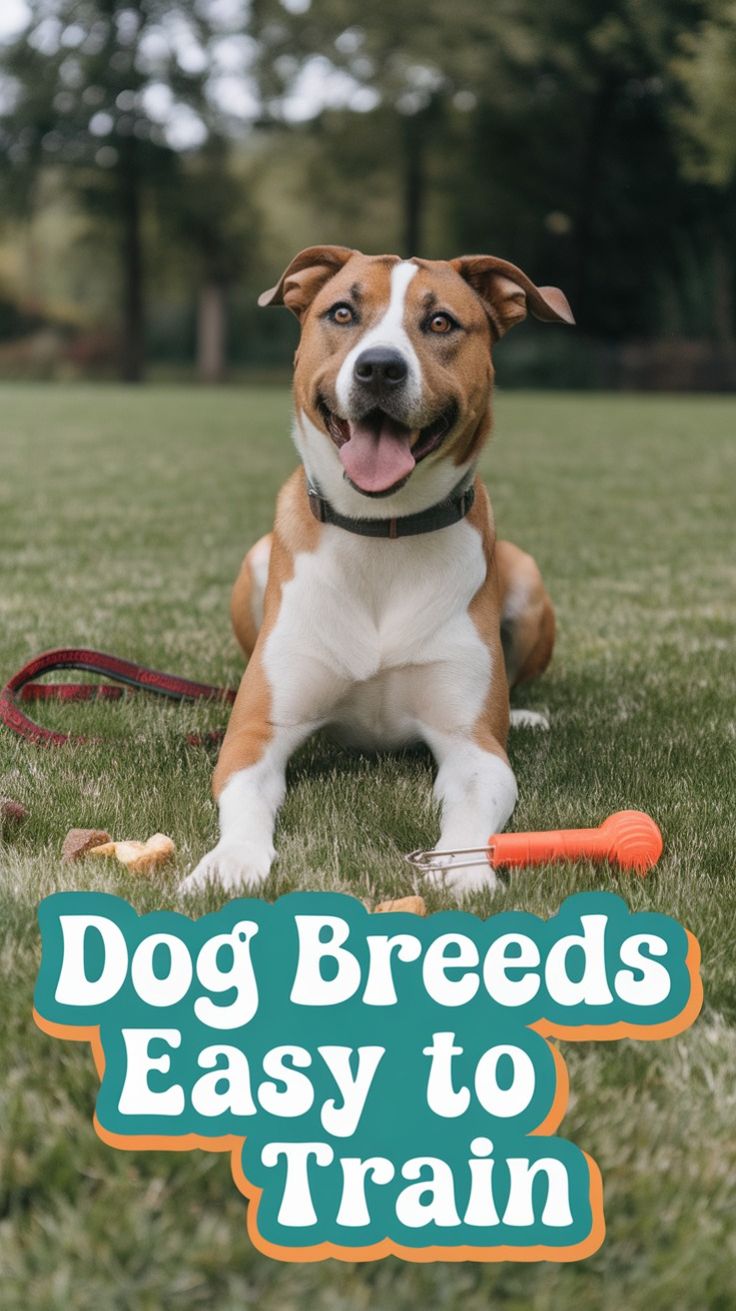
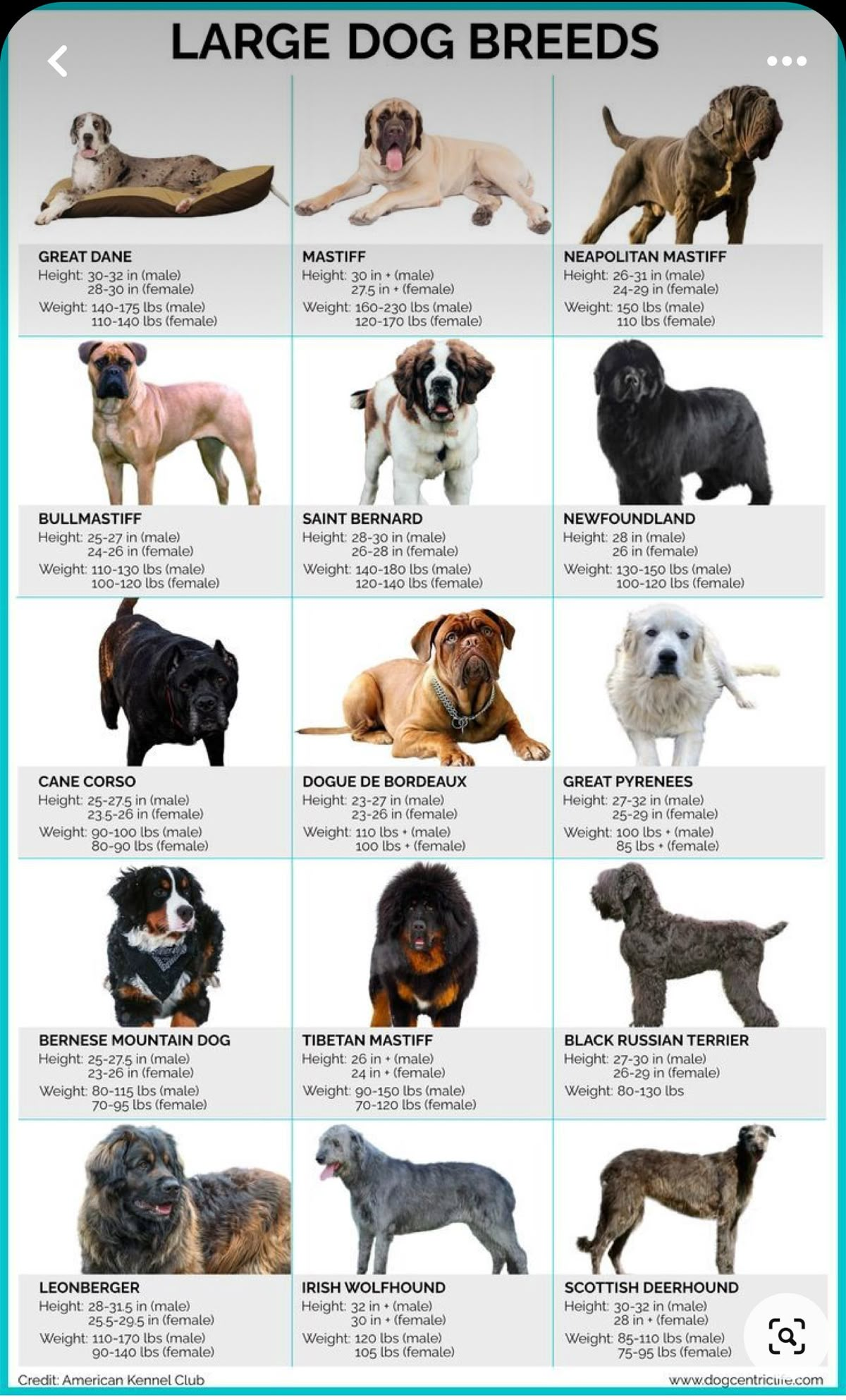

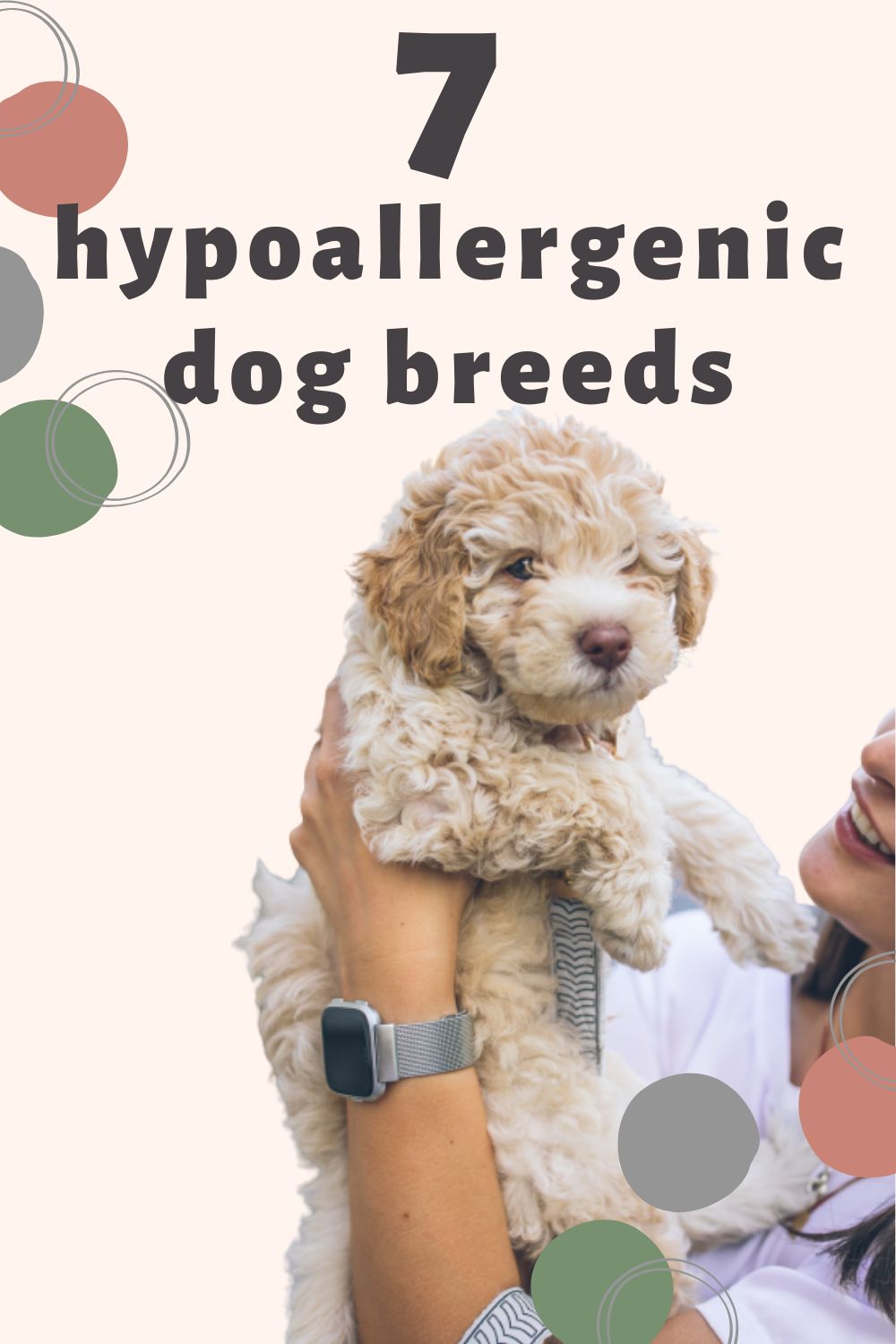
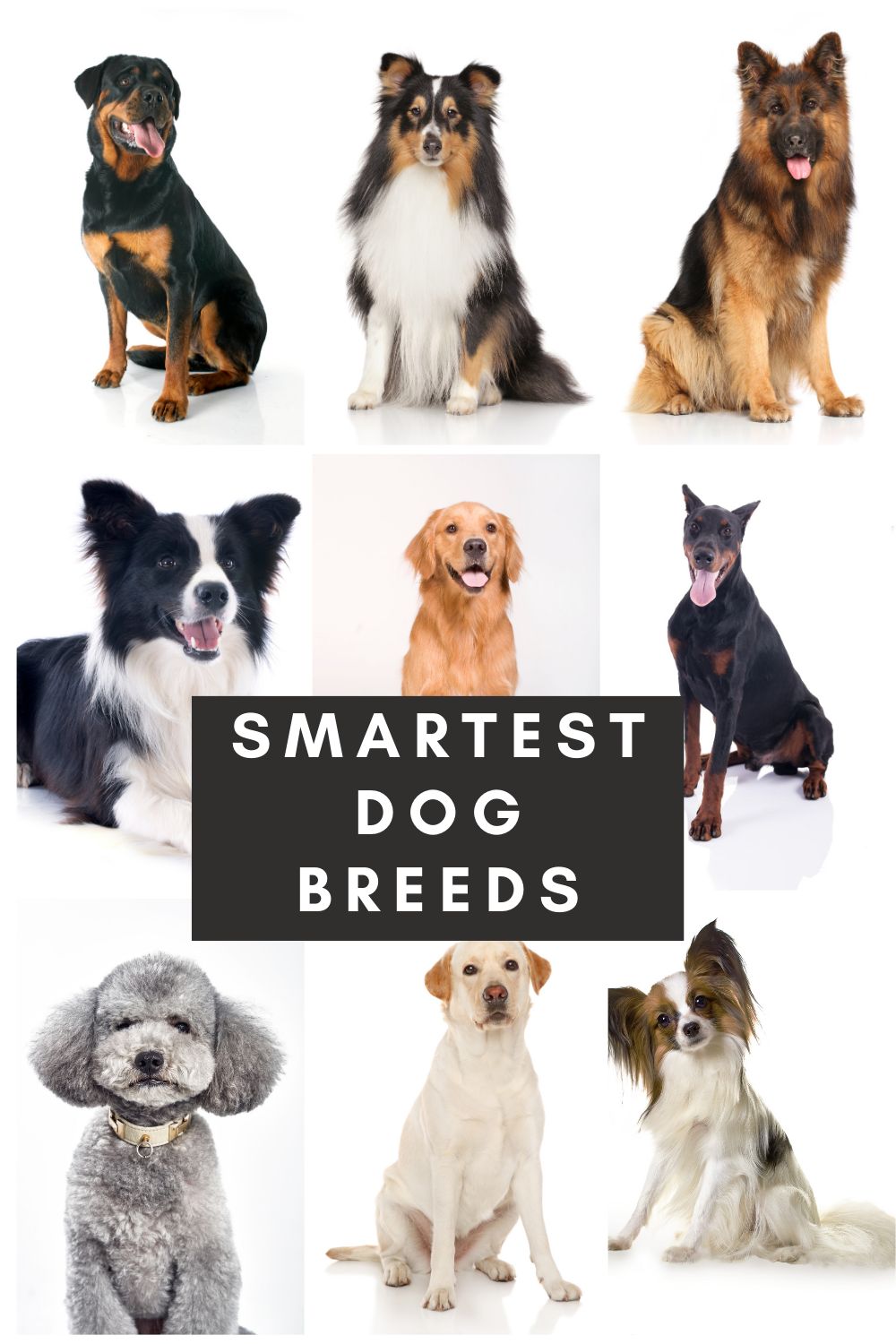
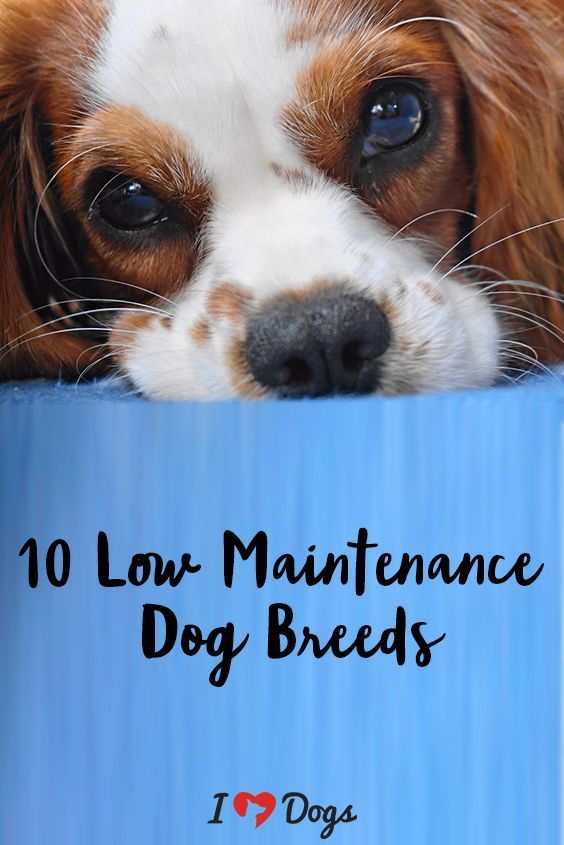
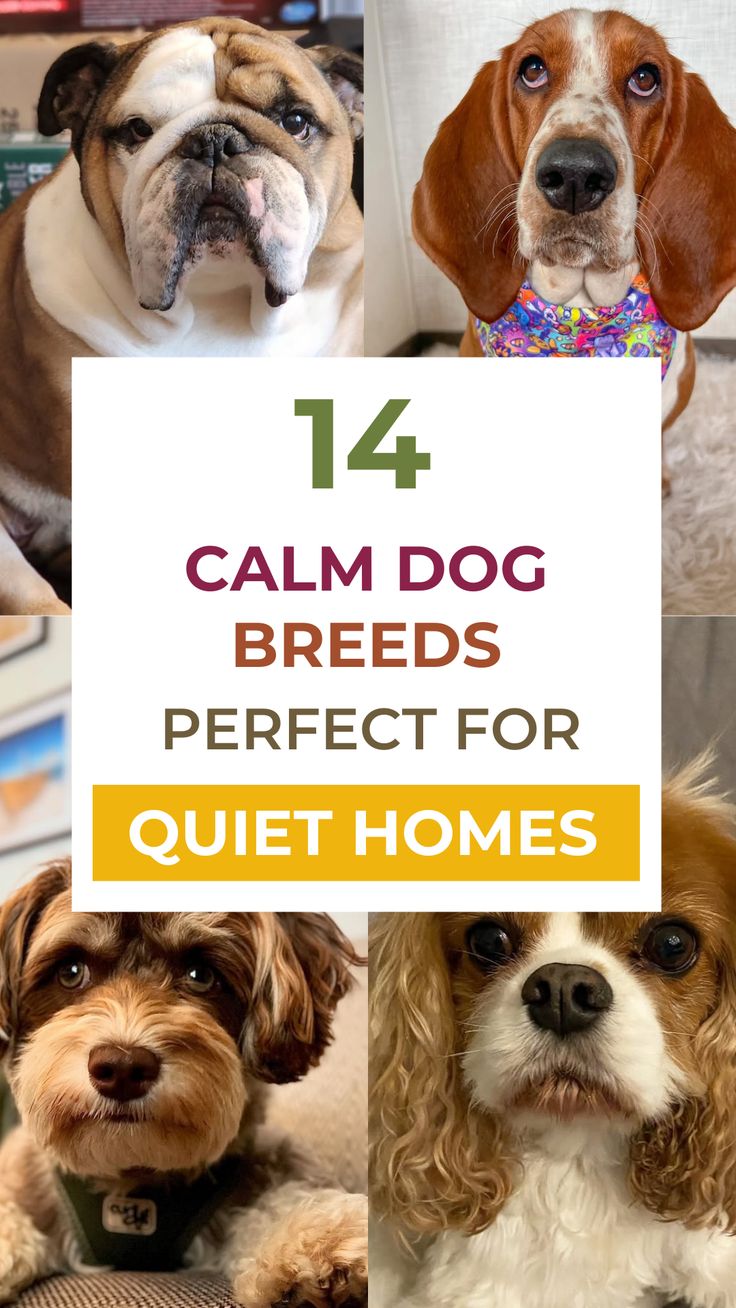

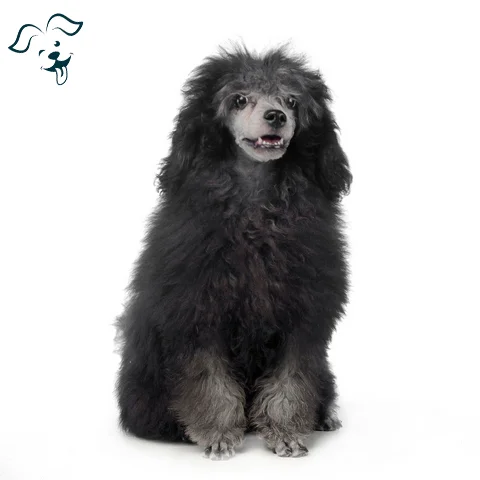

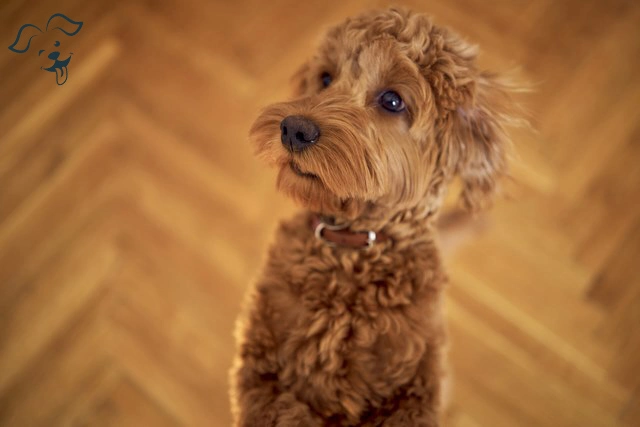
FRIENDLINESS
LIVELINESS
VIGILANCE INTENSITY
ADAPTATION CAPACITY